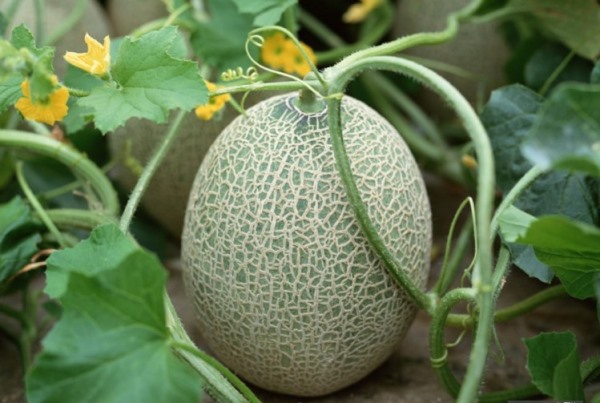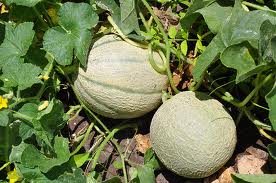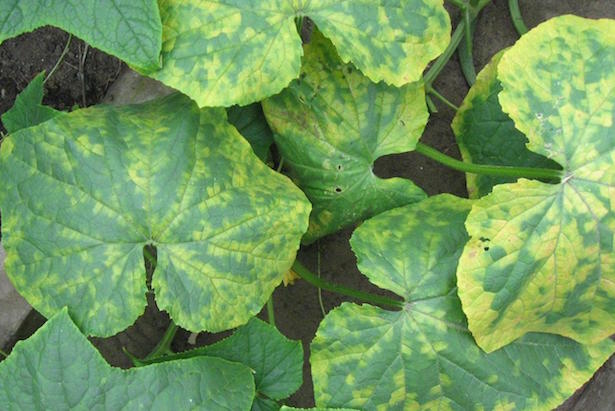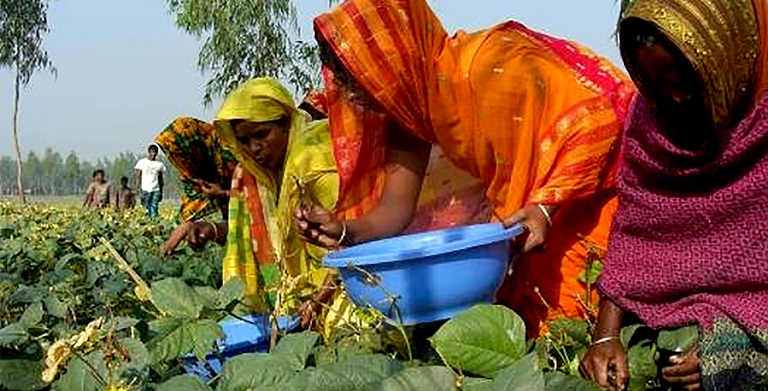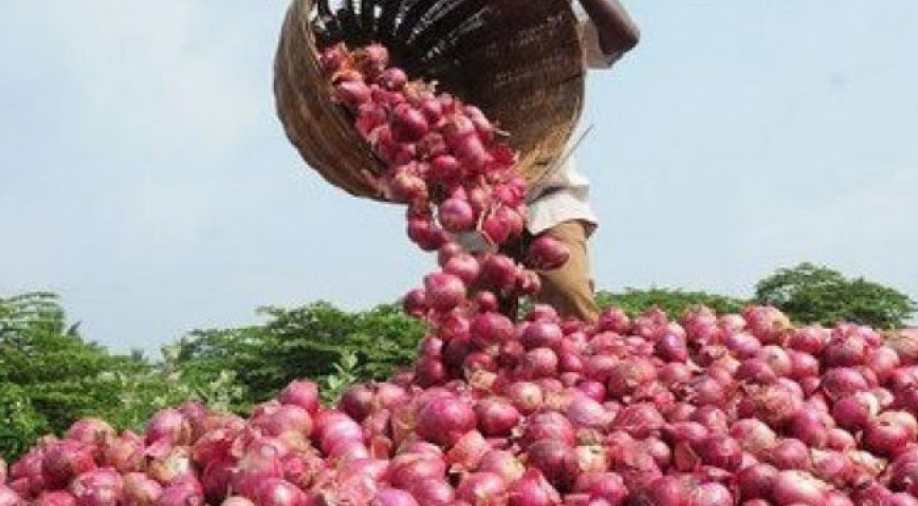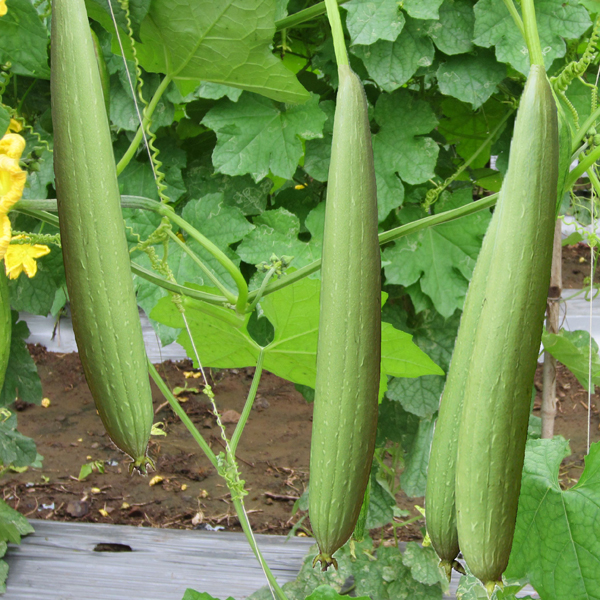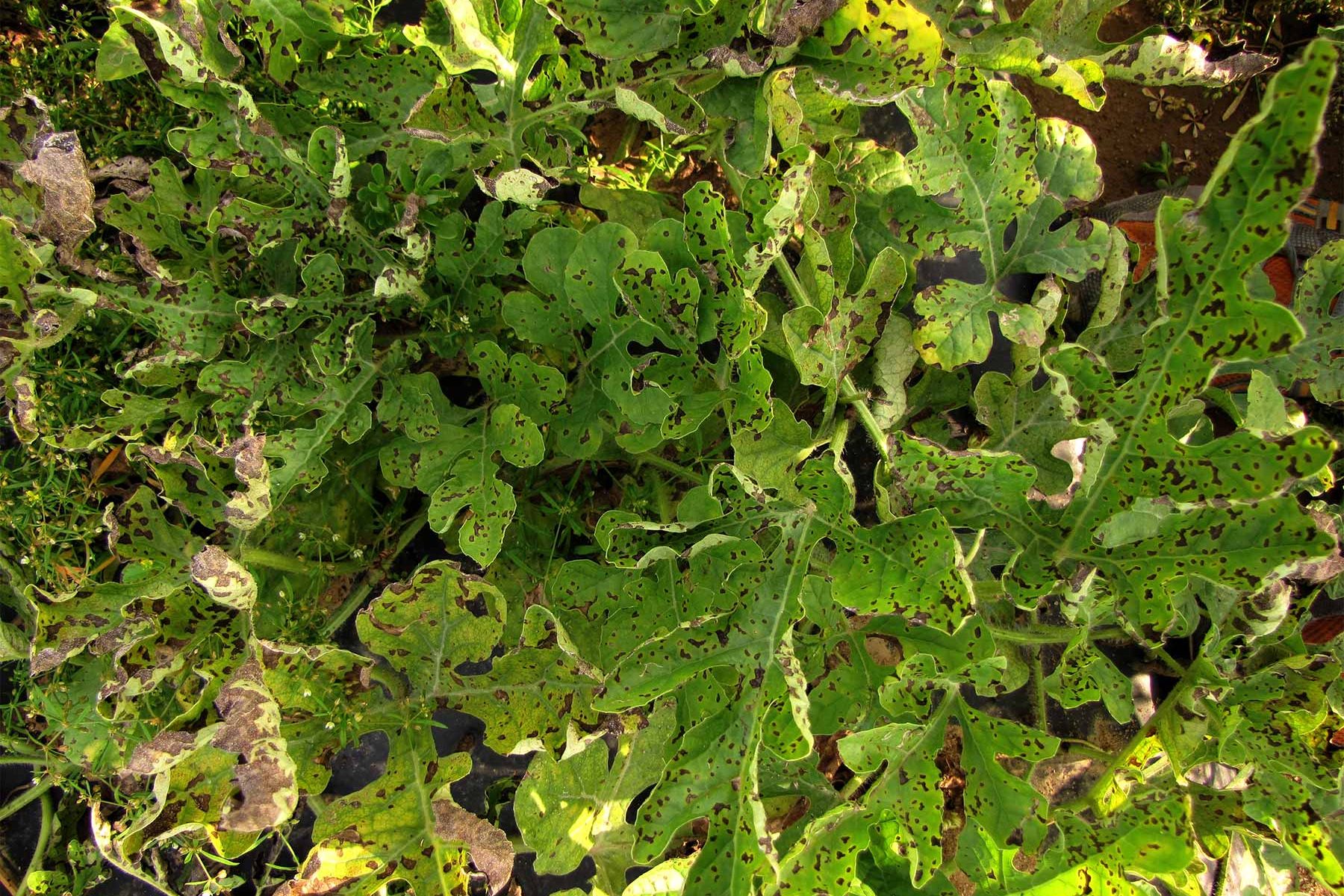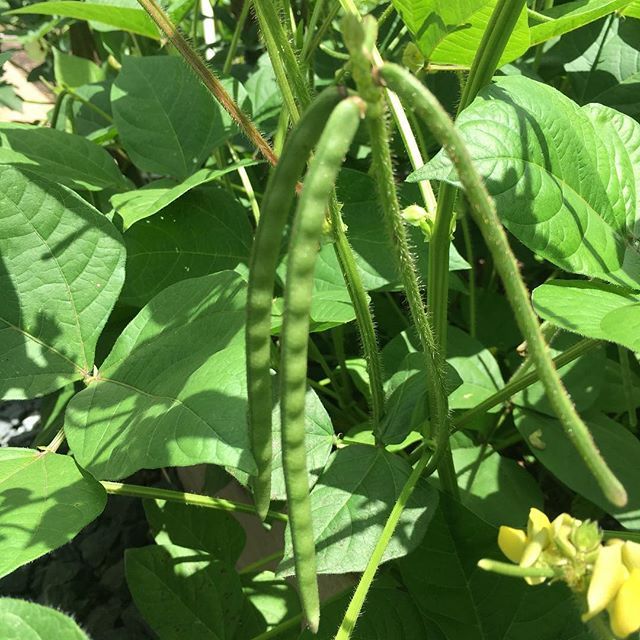- Destroy infected plants and plant debris.
- Use of disease-free seed.
- Seed treatment with carbendazim @ 2 gm/kg seeds before sowing.
- Use Propiconazole 25% EC @ 80-100 ml/acre when the disease appears on the muskmelon plant.
Identification of fusarium crown and foot rot disease in muskmelon crop
- Diseases are more common in sandy soil.
- The plant shows a distinctive dark brown necrotic rot of the crown and upper portion of the taproot.
- This decay extends around the stem and girdles the plant.
- The affected area turns soft and mushy
- affected plants show wilting symptoms
Management of Mosaic Virus Disease in Sponge Gourd :-
- Adopt clean cultivation and remove alternate hosts, particularly weeds.
- Follow crop rotation.
- Avoid cropping mosaic prone season and areas.
- Acephate 75% SP @ 80-100gm/acre and add antibiotic chemicals like streptomycin 20 gm/pump for better control. or
- Acetamiprid 20% SP @ 100 gm/acre and add antibiotic chemicals like streptomycin 20gm/acre for better control.
Hyderabad will host a state-level meet on “Women in Agriculture”
Women play a very important role in agriculture, especially in India. But their contribution is often ignored, not just by society, but by themselves too.
To highlight their contribution to agriculture, a State-level meet is going to be organized at Hyderabad from 6th March. The main purpose of this two-day meet is to examine the problems faced by women in rural India, especially in the agricultural sector. Here experts from several agri-related fields will present their papers. you will also find representatives from various farmers’ unions, academic institutions, and scientists taking part in the discussions.
While talking about this event in a press conference, Aribandi Prasada Rao, Vice-President of the Telangana Rythu Sangham said that “Women play a key role in agriculture and it’s the time we should identify and address the problems faced by them.”
ShareGood news! Government lifts ban on onion exports
The Central Government has recently issued a notification announcing the lifting of the ban on onion exports. This declaration will be effective from 15th March 2020.
The government had banned the export of onion on September 29 last year to control the rapid increase in the prices of onions. But the scenario is changed now as the prices of onions are now stabilised and its production is also expected to be much better this season. Because of this, the government had now announced to lift the five-month-old ban on onion export from March 15.
The notification, signed by the Directorate General of Foreign Trade (DGFT) says that “the export of all varieties of onions has been made free without any condition of minimum export price and letters of credit”
This step would be very helpful for both consumers and farmers too, as it would help in cutting down the prices of onions and thus reducing the pressure on the wallets of consumers. On the other hand, the farmers would also get access to a bigger market for their onions.
ShareIdentification of Mosaic Virus Disease in Sponge Gourd:-
- This viral disease is transmitted through sap and vector aphids.
- In infected plants, the younger leaves unfold very late and show complete chlorosis followed by green vein banding.
- The older leaves exhibit prominent dark green raised blisters. the malformed leaves assume a filiform shape.
- Vegetable growth, flowering and productivity are also affected adversely.
- Severely affected vines do not bear fruit.
Management of Downy Mildew in watermelon crop
- Plucking and destroying affected leaves helps in reducing Downy Mildew in watermelon crop.
- Plant seeds of disease-resistant varieties.
- Crop rotation and sanitation reduces the severity of the disease.
- Drench with thiophenate methyl 70% WP at the rate of 300 gm/acre.
- Spray Metalaxyl 8%+Mancozeb 64% WP at the rate of 500 gm/acre.
- Spray pseudomonas fluorescens @ 500 gram/acre.
The government launched FPO Scheme, 86 percent farmers will be benefited.
There’s good news for Indian farmers as the Central Government has recently launched an enthusiastic programme to develop around 10,000 FPOs (Farmers Producers Organisations) throughout the nation. These FPO’s would be beneficial mostly for those small and marginal farmers, whose landholdings are less than one hectare. According to a media report, such farmers account for 86 per cent of total farmers in the country.
The FPOs (Farmers Producers Organisations) are member-based organisations. Which means that in an FPO, farmers will be the members. These organisations will include experts from various fields like agri-marketing, crop husbandry, value-addition & processing, and Information technology etc. so that they can help farmers on all issues. The Central government has allocated a fund of Rs 4,496 crore for this project. These FPOs are expected to be set up over a five-year period i.e. till 2024.
This project will provide small farmers with a platform to resolve various challenges in the process of farming. While launching the scheme on Saturday (29 February), the Prime minister himself had said that these FPOs will turn the farmers into businessmen.
ShareHow to identify Downy Mildew in watermelon crop
- Water-soaked lesions appear under the surface of leaf lamina.
- Angular spots appear on the upper surface similar to water-soaked lesions.
- Lesions appear first on the older leaves and progressive on the younger leaves.
- As the lesions expand, they may remain yellow or become dry and brown.
- Affected vines do not bear fruits properly.
Using Gramophone’s Moong Samriddhi Kit will make your land more fertile and suitable for moong crops.
- Gramophone Moong Samriddhi Kit includes all the essential ingredients that are required to get more production from the moong crop.
- The Moong Samriddhi Kit contains various kinds of beneficial bacteria.
- Potash and phosphorus bacteria, Trichoderma viridi, humic acid and Rhizobium bacteria are prominent among these bacteria.
- This kit has been prepared by mixing all these microorganisms.
- The total weight of this kit is 6 kg, and one kit is used for one acre of area.

